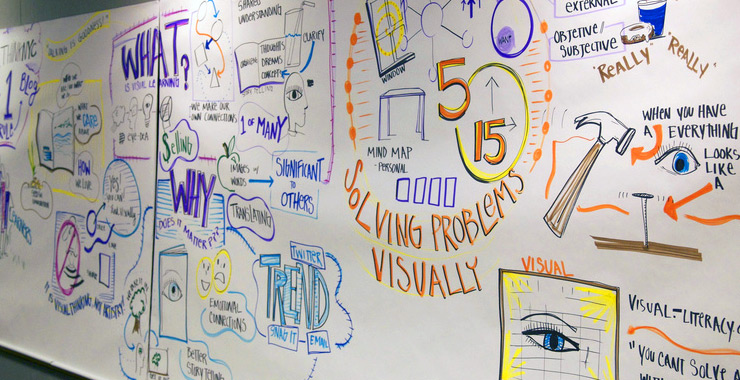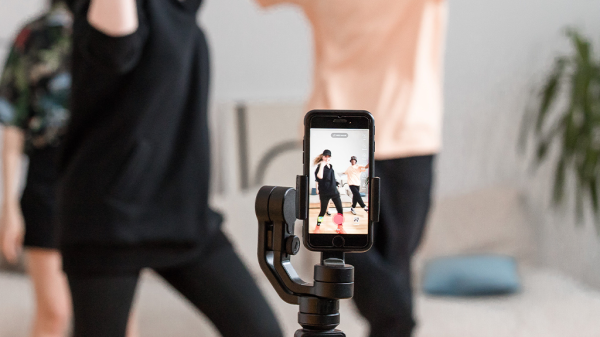
The rise of visualizations
You’ve seen infographics on websites, embedded SlideShare presentations, illustrated videos, and more, that give consumers a way to consume data more concisely and in a more memorable way. Visual storytelling is compelling and the art and technology supporting the trend are improving, as are the standards and expectations of consumers.
Jason Amunwa at SlideDeck 2 tells AGBeat that “though it’s early in 2012, the importance – and necessity of visual storytelling is already one of the year’s breakout trends.”
According to Amunwa, below are the seven reasons that visualization is a breakout trend:
- A Better Experience for Users is Essential. A bad experience can leave a sour taste in a user’s mouth, but a good experience will keep them coming back for more. More and more brands are picking up on this: i.e.: Spotify, Instagram, etc.
- Social Media Is Becoming More Visual. From Facebook Timeline, to the sale of Instagram, to the immense growth of Pinterest, people are more interested in using photos to show their stories rather than tell them using 140-characters or less.
- Apps Have Changed Our Expectations. App design has spoiled us because now we’re expecting that seamlessly beautiful experience from everything we interact with. As a result, “app design” is forcing web-based designers to be more innovative and creative.
- Multi-Resolution Viewing Is Becoming Standard. In the early Internet, everyone was using the same type of browser and getting the same web experience. Nowadays, everyone has a smart phone or a laptop or a tablet. There are multitudes of different devices an individual could be using to view a webpage – and it’s up to the designers to account for that.
- Minimalist Designs Are Getting More Done With Less. Whether it’s a business site like Simple.com or a blogging platform like Tumblr, using visuals to create minimalist designs that convey only the essential information is making the web more responsive for users. Sites that are clean and simple to use allow users to do what they need to do in a fast, responsive, and intuitive way, thus producing higher satisfaction and loyalty.
- Special Effects Adding “Wow” Factor. Advances in web technologies have given designers the freedom to break away from archaic, newspaper-like navigation and explore new realms of possibility. As we mentioned earlier, apps have changed people’s expectations. As they’ve gotten used to slick app interfaces they also expect the same from their web experiences.
- Visuals are Universal. The Internet is a place that is constantly changing, as is the language used to talk about it. However, visuals are a universal language that can withstand the tests of time. Visuals are capable of evoking emotional connections in a broader audience of people while words can limit the scope of where a message can go and who can understand it.
There are many methods being used to visualize content, like Amunwa’s team at SlideDeck 2. Social networks like Facebook, Pinterest and Instagram are forcing brands to think and act more visually. With that in mind, digital-telepathy, the company behind the original SlideDeck and the Hello Bar, designed SlideDeck 2: a simple way for websites to showcase social and web content in a visually stunning way through an easy-to-use premium WordPress plugin. SlideDeck 2 is a dynamic content slider that brings a new aesthetic to website design.
Instead of forcing website managers to create content from scratch or reformat what they’ve already shared via social media, SlideDeck 2 automatically pulls in content to show on WordPress-powered sites. It integrates with Instagram, Flickr, Vimeo, Google+, Dribbble, YouTube, Twitter, Dailymotion, Picassa and RSS feeds. As a design company, digital-telepathy is focused on the beautification of the web. By adding a new layer of design to content sharing, SlideDeck 2 is a major step forward in helping brands easily make their content visually appealing.
The American Genius is news, insights, tools, and inspiration for business owners and professionals. AG condenses information on technology, business, social media, startups, economics and more, so you don’t have to.










































